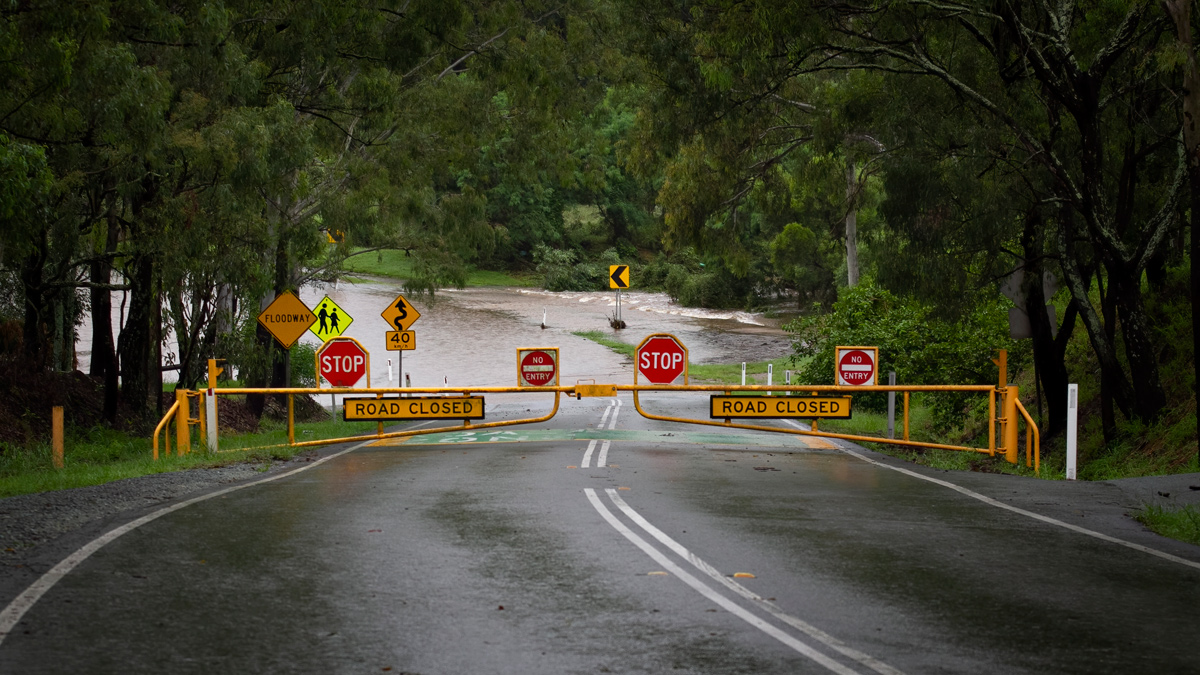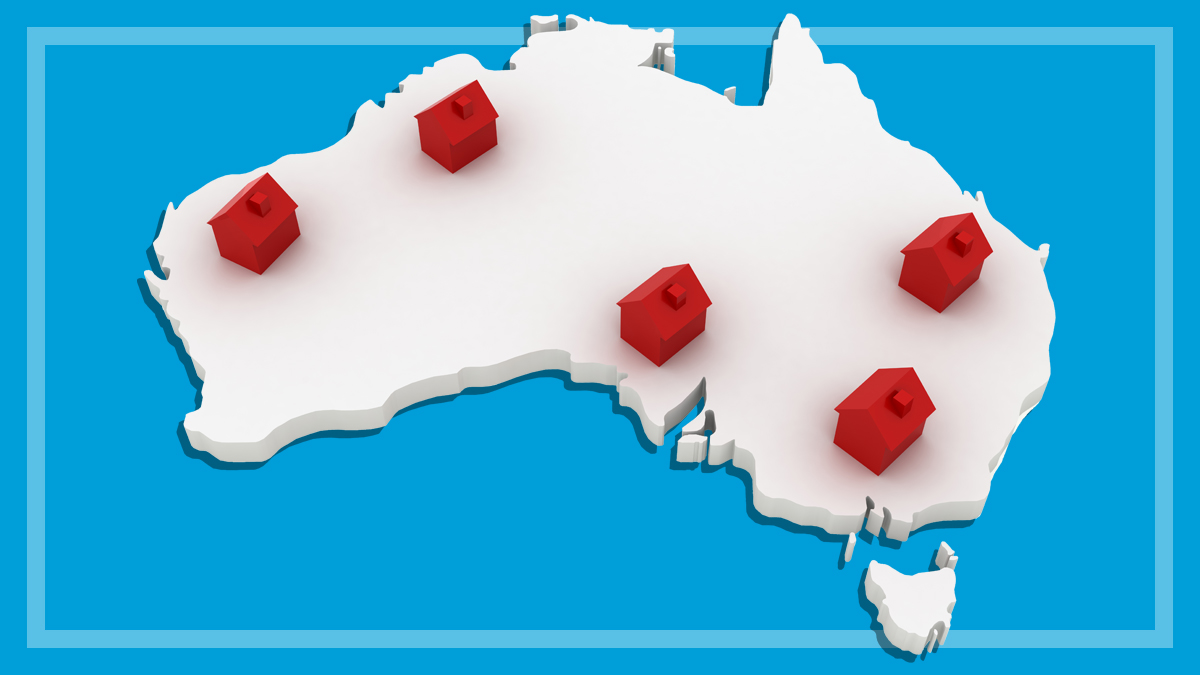Get our independent lab tests, expert reviews and honest advice.
Why do flood insurance claims have to take so long?

The full extent of the damage to homes from the December 2023 floods in Far North Queensland has yet to be calculated, but it’s likely some home insurance customers are already facing obstacles claiming on insurance.
This was the case following the floods in South-East Queensland and Northern NSW in early 2022, when many policyholders found it difficult to collect on claims.
The federal government has begun an inquiry into insurers’ responses to 2022 major floods claims, and will report findings in September this year.
In a joint submission, CHOICE, the Financial Rights Legal Centre (FRLC), the Consumer Action Law Centre (Consumer Action) and Westjustice have highlighted a number of issues with insurance claims following the 2022 floods.
These issues are also relevant to recent events in Queensland: long delays, poor communication, and assessor processes and reports that make little sense to policyholders.
History paints bleak picture for Cyclone Jasper victims
As of December last year, around 3800 claims had been lodged by property owners from Cape York Peninsula to Mackay after the most recent floods, according to the Insurance Council of Australia (ICA).
Ex-Tropical Cyclone Jasper has officially been declared an “insurance catastrophe” by the Insurance Council of Australia (ICA).
But when experiencing the loss or near destruction of your home, even when having paid your premiums for many years, your insurer coming to the rescue is not a sure thing.
After the 2022 floods, some insurers refused to pay claims because of what they determined was pre-existing damage or a lack of maintenance
After the 2022 floods, for instance, some insurers refused to pay claims because of what they determined was pre-existing damage or a lack of maintenance that allowed the weather event to cause more destruction than it should have. Case studies in our submission illustrate what can happen to some policyholders.
The research also shows that, as with all services, some insurers do better than others when customers come calling. Many go above and beyond and leave no cause for complaint.
Waiting years for repairs
For six out of 10 policyholders who contacted the FRLC following the 2022 floods, delays were the main issue.
One client, a woman named Priscilla, waited over a year for her insurer to assess the damage to her property. She worried about both security and mould.
The insurer eventually concluded that all floors, the kitchen, and the bathroom would have to be replaced, which would take another six to 12 months.
One client waited over a year for her insurer to assess the damage to her property. She worried about both security and mould
Another FRLC client, Carmen, had her claim knocked back by her insurer after her home was impacted by a storm in March 2022.
The insurer said mould removal was not covered, so Carmen lodged a complaint with the insurer and then with the Australian Financial Complaints Authority (AFCA).
After the claim was finally accepted in February 2023, communication from the insurer was poor, and further delays meant the mould problem got significantly worse.
Requiring multiple quotes can lead to delays
Delays often happen when multiple assessments of a property are arranged by the insurer, along with multiple quotes for repairs.
As our joint submission states, “Delays in repairs to one’s home can move someone from a vulnerable situation into a situation that is intolerable and damaging to their health.”
Poor communication adds further stress
Some homeowners impacted by the 2022 floods said the information provided by their insurers was hard to decipher.
Communication during the claims process failed to make clear what the policyholder was covered for and what the insurer was going to have repaired.
Some felt pressured and bullied by claims managers and assessors or builders.
Jill reported that her insurer took no account of her vulnerable situation, insisting she communicate by email even though she lived in a remote area and had no internet access
A FRLC client in her late 70s, Jill, reported that her insurer took no account of her vulnerable situation, insisting she communicate by email even though she lived in a remote area and had no internet access.
The insurer ended up sending emails to Jill’s daughter in another state and tried to complete the claims process with the daughter.
In other cases, insurers used third parties to communicate with policyholders, bogging down the claims process. Or they demanded excessive documentation in total loss situations, such as an itemised list of all the contents affected.
5 ways to improve insurance claims process
1. Better training and resources for insurance employees so they can better communicate with customers.
2. A proactive approach to progressing delayed claims and identifying vulnerable customers.
3. A standardised industry approach to defining lack of maintenance, wear and tear, and pre-existing defects and damage.
4. Clearer and more thorough reports from assessors and experts.
5. Better oversight of third-party contractors involved in the claims process.
Recommendations from the CHOICE joint submission to government inquiry on insurance claims.
Rising premiums and confusing terms
The claims process is just part of the problem.
In a national CHOICE survey published in June 2023, we reported that nearly nine out of 10 homeowners had seen their insurance premiums go up, often by a lot.
We continue to hear from homeowners whose renewal notices arrive like letter bombs, announcing their home insurance costs have doubled or worse.
Renewal notices arrive like letter bombs, announcing their home insurance costs have doubled or worse
Then there’s the issue of trying to figure out what the terms and conditions in your home insurance policy actually mean, which can be a challenge even for people in the habit of reading every word of the product disclosure statement.
Flood definitions still not clear
After years of lobbying by CHOICE and other consumer groups, the federal government introduced a standard definition of flood in 2012.
Prior to that, insurers defined flood in any number of ways, often leaving policyholders in the dark about whether they were covered until they made a claim and discovered they weren’t.
The standard definition made the terms of flood cover clearer, but other insurance terms related to floods are still wobbly, such as stormwater damage, rainwater runoff, storm surge, actions of the sea and even ground movement.
These terms can mean different things depending on who your insurer is.
Code of Practice imposes obligations
The General Insurance Code of Practice, which covers home and contents insurance, makes certain commitments to policyholders, including fast-tracking claims after natural disasters for people facing financial hardship, and paying an amount in advance within five working days.
Insurers have also committed to informing policyholders within 10 working days after a claim is lodged if further information is needed.
Then, once your insurer has everything they need, the code gives them 10 working days to either accept or deny your claim.
If the claim is accepted, insurers are supposed to communicate how the claim is progressing every 20 working days.
But based on input from policyholders affected by the 2022 floods, these things don’t always happen.





